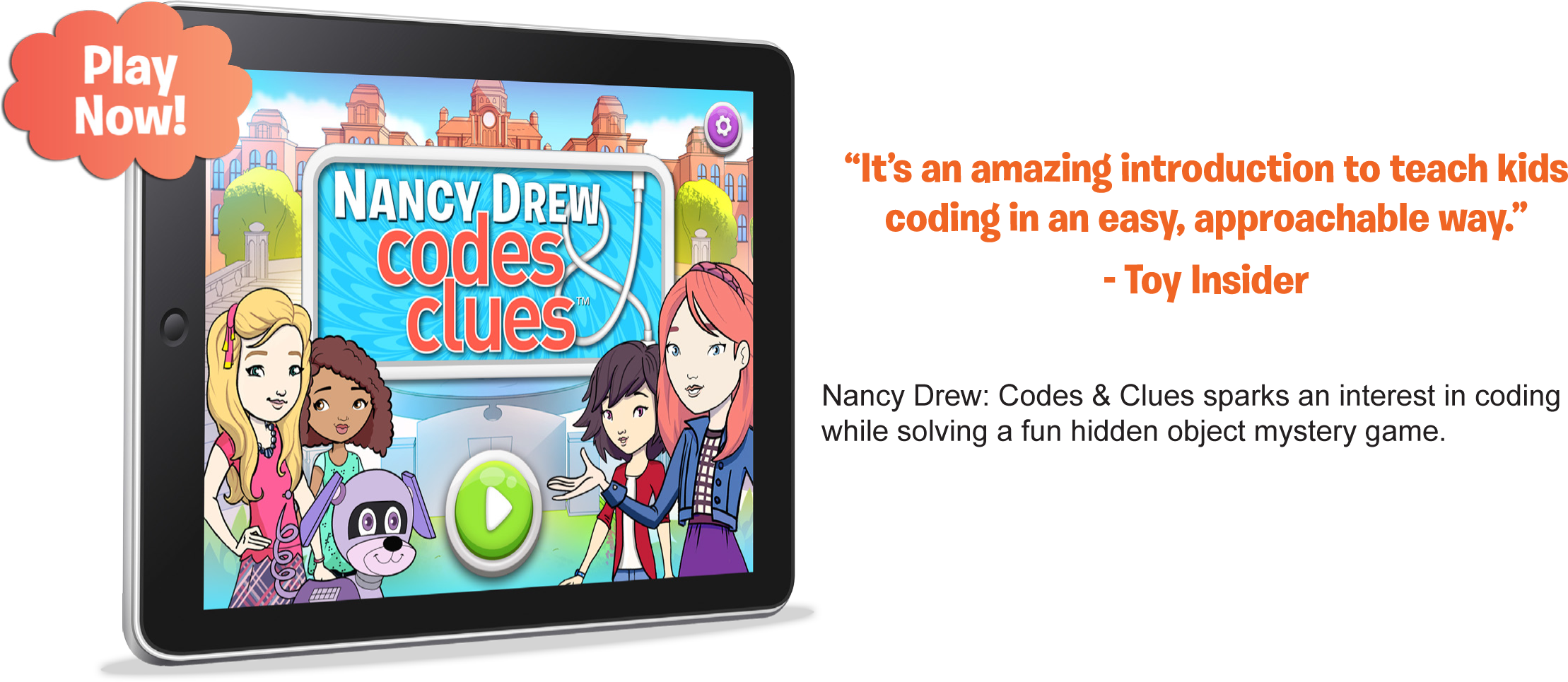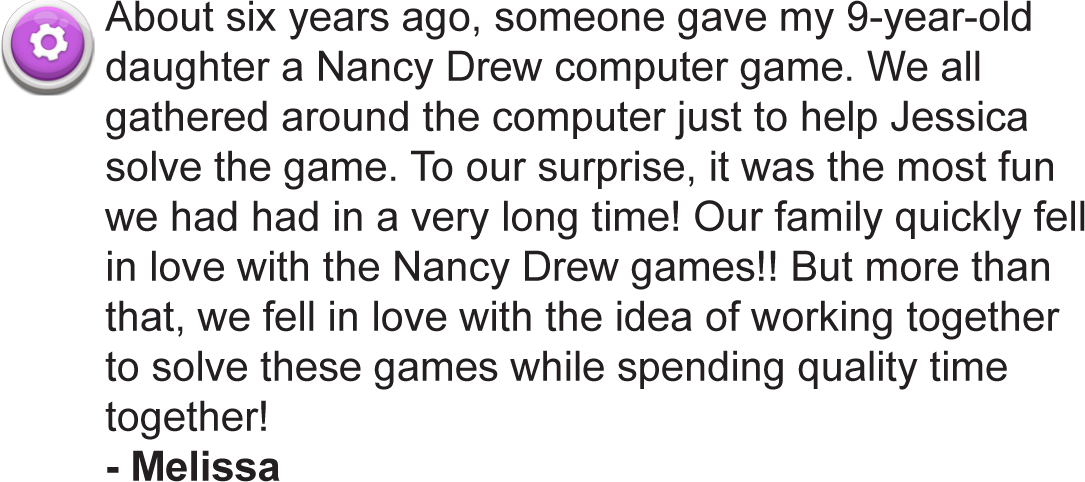Cookies? Check. Cookie toppings? Check. Lots and lots of paper towels? Check. Looks like you have all you need to explore a few coding basics with your kids!
Granted, this take on cookie-decorating may be unorthodox, but it is no less accurate! By sprucing up holiday treats, you make use of some of the most important basic coding concepts—the same concepts, actually, that you use all the time. You’re likely just not aware of it because they’ve become second nature to you.
To illustrate, here are just a few coding concepts you can explore with your kids as you create your culinary masterpieces:
1. Input/Output:

Imagine you’ve been tasked with these exact instructions: “decorate snowman cookies.” Does this mean “decorate cookies to each look like a snowman” or “decorate cookies that a snowman would eat?” As obvious as the answer seems, on its own, “decorate snowman cookies” isn’t clear enough to say for sure. This is the idea behind input and output in coding. The clearer your directions to the computer are, the closer the computer will get to doing what you want it to do.
-As an exercise, have your kids instruct you on how to decorate a cookie, and then make it using their exact instructions; be as literal as possible (for example, if someone says, “Put the blue frosting on the cookie,” you could take the container of blue frosting and place it on top of the cookie). Do this for one to two more cookies. By the end of the exercise, your kids will probably have learned to tailor their instructions accordingly. Or they will have watched you make cookies in two or three ridiculous ways. In either case, they will have seen how their instructions affected the design of the cookie—how their input affected the output.
2. Sequencing:

When decorating cookies, frosting is generally added before sprinkles are. Sprinkles tend to stay on better when they’re layered on top of frosting. And even if the sprinkles were to stick just fine to a blank cookie, covering the sprinkles with a layer of frosting will make them difficult to see. Adding frosting and adding sprinkles are two simple steps in the cookie-decorating process, but the order of these steps makes a noticeable difference in the final appearance of the cookie. The same is true when it comes to coding, and this concept is known as sequencing.
-As an exercise, have your kids make a “forwards” cookie and a “backwards” cookie. The forwards cookie will be a cookie that your kids can decorate however they choose. Once they are done, they now need to recreate that same cookie, but the steps are all reversed (for example, if they put a cookie on a paper plate, then added purple frosting, and then added green sprinkles, they would have to put green sprinkles on the plate, then cover them with purple frosting, and then place the cookie on top). By the time they have finished their second creation, they will have seen just how much sequencing impacted both the final cookie design and the cookie-decorating process.
3. Looping:

Even knowing where to start can be a challenge when you begin decorating a fresh batch of cookies. However, many incredible designs are made by taking a certain pattern or shape and repeating it several times. For example, you can start with a small arc of icing, and then branch off with another arc of icing, and then another, and then another, until the entire cookie has been filled. The design looks pretty cool, and all it took was to repeat this one step until the cookie was completed. In the coding world, this would be an example of looping. And just like how it helps cure decorator’s block, it saves coders a lot of time trying to come up with new code to address the same thing.
-As an exercise, have your kids decorate a cookie with only one or two toppings. At least one of these toppings must be added to the cookie the same exact way multiple times, only ending when your kids are satisfied with the design. Repeat the process one to two more times, with the toppings and designs varying as desired. In addition to creating some lovely, geometry-inspired food, your kids will have seen how looping is used as well as how it is useful.
Simple, right? Who knew that cookie decorating could be so fun, delicious, and mentally nutritious?
Even if you’re not as familiar with coding yourself, you may find that looking from different angles—like through the lens of cookie-decorating—will make it a little easier to digest. Who knows? Maybe this teaching moment will turn out to be as much for you as it is for your kids!
Essential skills for children are reading, writing, math and now coding. Today everything related to technology requires some type of code. So sparking an interest in coding, especially for girls, at an early age is important. If you’d like to dive a little deeper into these coding concepts with your 4 to 7-year-olds, be sure to check out our newest mobile app: Nancy Drew: Codes & Clues!
Click here for more details!












Follow Us